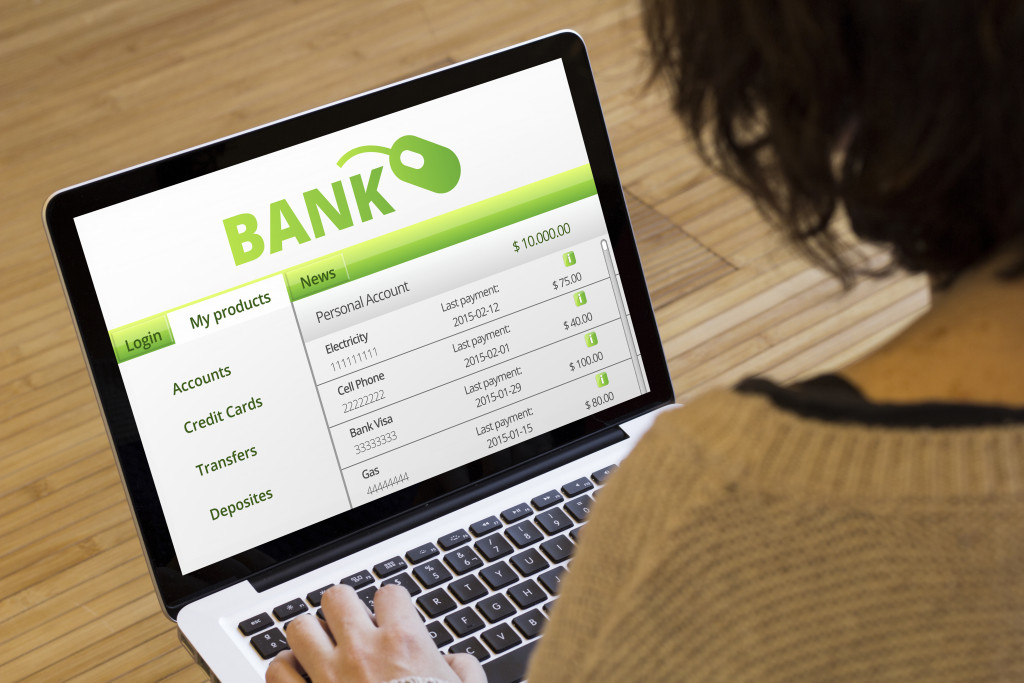Digital transformation is a trending word in many industries worldwide. Many claim it to be the way to the future in the US. Many claim that industries that don’t adapt digitally are doomed. However, some sectors can take time to adapt, such as healthcare and finance. Moreover, digital doesn’t always mean good for many industries in the US.
The idea of digital transformation was inevitable. The recent pandemic only exacerbated the process for many industries, such as tech. But for some sectors, it’s still considered a risk and has unforeseen consequences into the future. Nonetheless, even sectors that didn’t want to be digitally transformed, such as the finance sector, are doing it now.
The finance sector is shifting towards digital out of necessity more than anything else. It is a sector that relied so much on physical transactions decades ago. However, it started to invest more into online and internet financing options because of the pandemic. One of these investments is into digital ads.
Digital Ads
If you want to take a sneak peek into how much the finance sector is relying on digital options nowadays, you only need to look into their spending towards digital ads. The sector spent about $23 billion in 2021 alone. It’s up by $15 billion from 2016. This is a good snapshot of how the sector is making its rapid transformation.
Another way we can look into the digital transformation of the finance sector is through the services it’s offering—primarily online banking and lending.
Online Banking

Banking used to be a physical transaction. People have to wait in line to get the money they need. However, that is no longer the case. People nowadays can now get the funds they need through their phones, without leaving the confines of their homes.
The existence of online banking started way before the pandemic. But numbers were quite low back then compared to this year, where about 70% of the current US population is using online banks. It’s expected to surpass record limits this year. Before the decade ends, experts believe that almost every American will be using online banking.
Online Lending
Another growing digital service in the finance sector is online lending. Many lending companies are now transitioning to digital. These companies are now spending millions of dollars to put their platform in the digital world—many new digital lenders forgoing a physical office and starting their business online.
Once again, much like banking, lending used to be a physical transaction many years ago. The reality remains true up to this day. There are still millions of Americans who visit companies to borrow money instead of doing it online. But those numbers are dwindling, and it would only be several times before the majority of these consumers choose digital over physical transactions.
Online banking and lending are convenient, and it works well. As technology grows, these services will only become more efficient over time. However, it does have its own set of disadvantages. One of the major disadvantages is security concerns.
Security Concerns
Every digital transaction always has an underlying security concern. It has a chance of failure due to system error or being breached by hackers and malicious programs. The worst-case scenario here is identity theft. Hackers collect user information and use that to make bank transactions without the owner knowing.
Identity theft costs the country about $50 billion annually. The estimated average cost of this crime is around $4,500 per victim. Before, identity theft was done through physical transactions by criminals who knew these people. But now, such a crime is done digitally. Hackers collect user information by hacking into social media accounts or personal computers or phones. Once they get the information, they need they use that to log in to online banks and lenders to get money, using the user’s identity.
It’s a scary reality, but one that the finance sector is handling. Two-factor authentication now exists, making online transactions safer than ever. There are also talks about implementing blockchain technology into banking systems to ensure that individual transactions are anonymous and safe from prying eyes. The sector is also spending billions of dollars more on security measures to ensure that every user is safe from identity theft and other forms of digital crime.
The Future
It seems that the future of the finance sector is digital, and there are numbers to prove it. However, brick-and-mortar finance institutions will continue to exist despite the inevitability of digital transformation. They are still essential to governments and society. They can store valuable items and physical cash, which are crucial to society’s growth.

